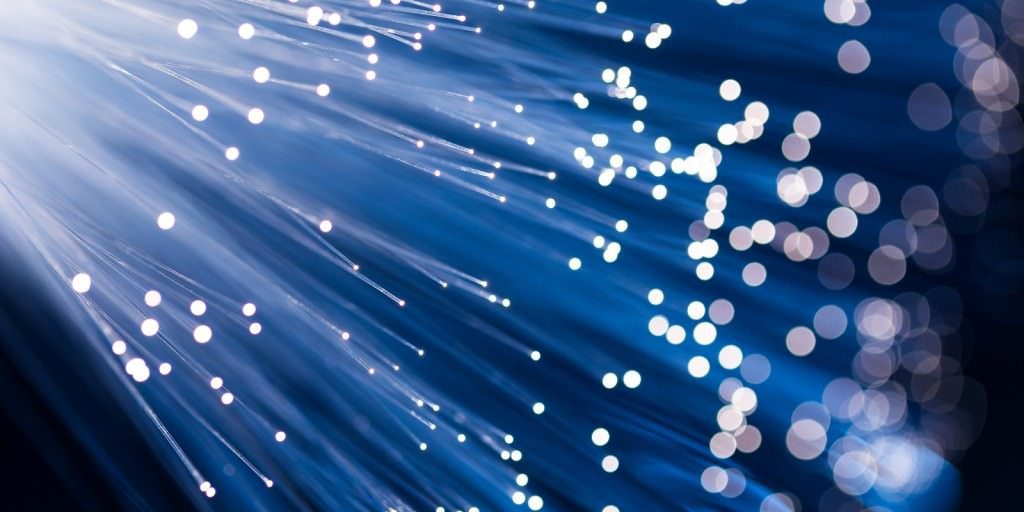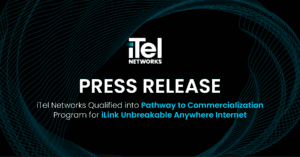Great internet is taken for granted, and it’s easy to fall into the trap of assuming that connecting won’t be an issue. But the reality is that there are many underlying complexities to connectivity and a reliable connection isn’t always certain. One area to thoroughly understand is the handoff – this is the type of connection that the carrier installs at the demarcation point (the “demarc”). This is the spot where the telephony wire switches over to the on-premise wiring, or in the case of fibre, the point where the last-mile provider-owned fibre gets handed off to the customer. Often a Media Converter is installed at the demarc and from there the on-premise wiring can be set up as Copper RJ45 or Fibre.
Understanding how your network connects – and performs – can help ease and prevent headaches down the road. Determining what is best for you is going to come down to fully understanding all aspects of the end-user scenario for the network. Analyzing this scenario should include considerations for distance, speed/bandwidth requirements, environment, as well as cost.
Considerations for Choosing a Copper or Fibre Handoff
Distance: A major differentiator between Copper and Fibre handoffs are the distance that needs to be covered. A standard Copper handoff can cover a distance of up to 100 meters (or 328 feet), making it sufficient for covering short distances. While Copper can manage longer distances, the signal degrades and repeaters need to be put in place for performance. This can still be a viable option but it increases the total potential points of failure in the network. In scenarios where a much longer wire run is required, a Fibre handoff is the better choice as it easily manages distances of 12 miles and onward.
Speed and Bandwidth: Did you know that a signal degrades the further the distance increases? Beyond 100 meters, Copper connections will start to experiences significant signal loss – sometimes up to 90%. On the other hand, Fibre in a 100+ meter situation will have a negligible signal loss (~3%) meaning you can easily maintain internet speed at longer distances.
Environment: Copper is more susceptible to environmental factors such as electric interference from other devices and voltage surges (i.e. lightning, utility or power lines, or radio signals). A Fibre handoff will be far more resilient to these factors, making it significantly more reliable. Fibre’s core is made of glass so no electric current can flow through it, making it the safer alternative out of the two.
Cost: For most businesses, the price tag is a major driver. Copper is less expensive and more readily available, while Fibre is more expensive and can be trickier to source. Although Fibre is a larger initial investment, heavy usage means it can pay for itself in the long run by way of improved reliability and scalability. When determining your budget, be sure to think in terms of short and long term investment for your business.
So is a Copper or Fibre Handoff the Best?
Deciding between a Copper or Fibre handoff will always come down to understanding your business needs and how you plan to use your network. Collaborating with iTel’s team of experts will help you make the right choice – iTel is dedicated to your success and will ensure you get the best telecommunications infrastructure for all your needs.





